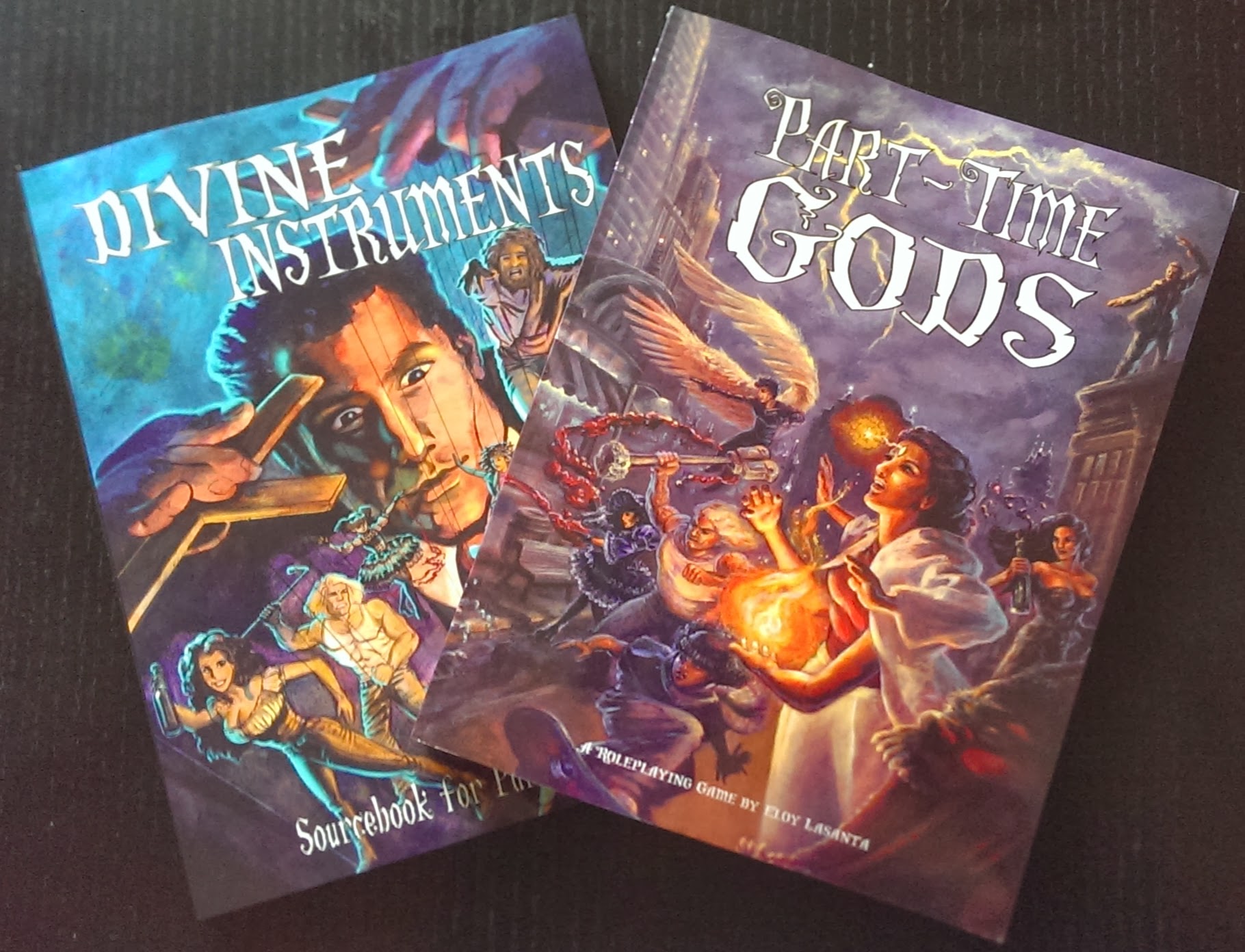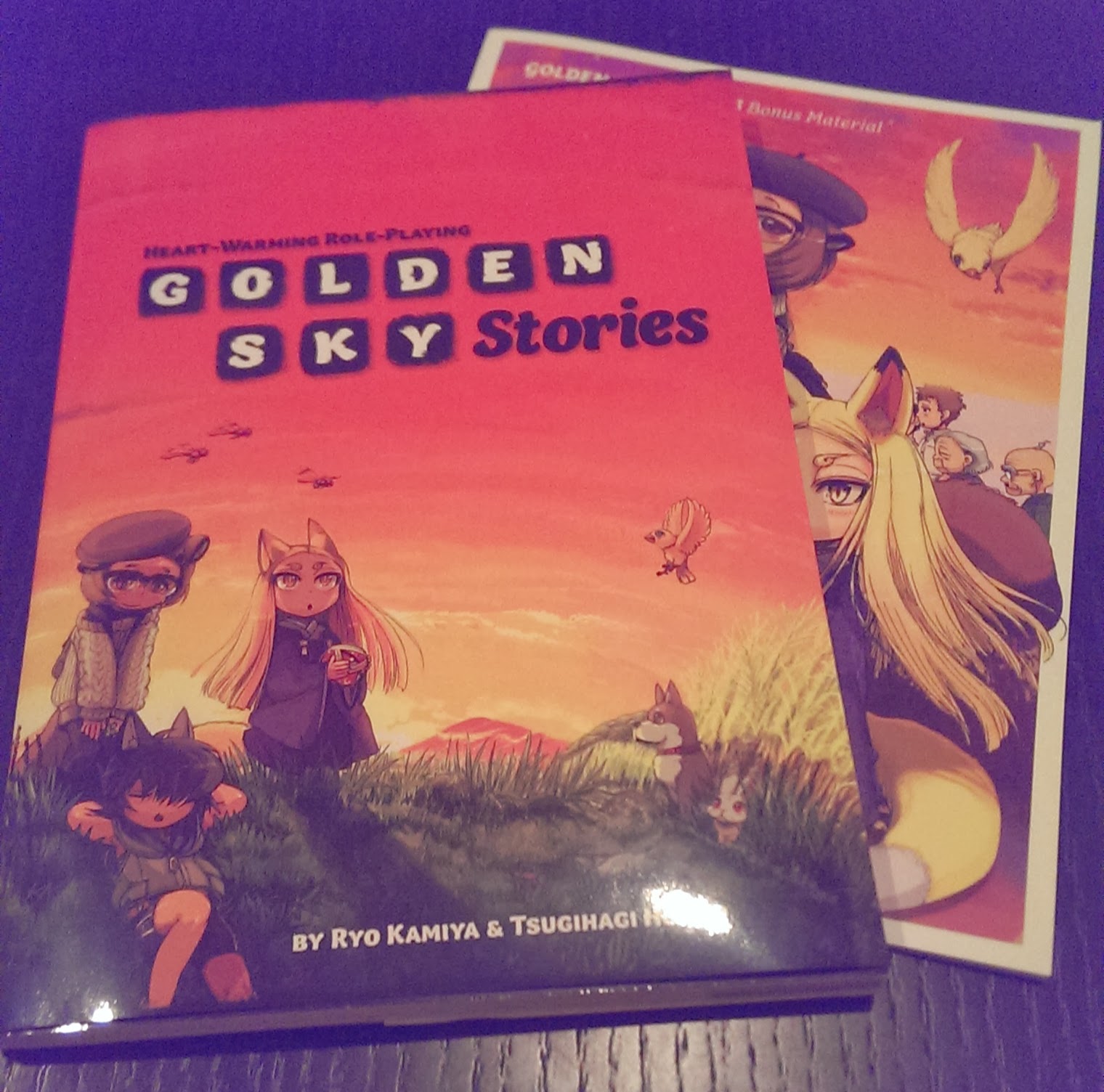There is a lot of stuff to like about Technoir (and if we’re being honest, a few things that could be better).
There is a lot of stuff to like about Technoir (and if we’re being honest, a few things that could be better). Most of it has been addressed in other posts, so I won’t go into it again, but something that wasn’t discussed is the fact that it has arguably the best system for generating satisfying noir plots on the fly with zero prep.
You start with a list of 36 possible plot elements. Six each of connections (“friendly” NPCs), items, locations, factions, threats, and events. At the beginning of the game, the GM randomly selects 3 of these items and links them somehow to form the mission seed. A few of the connections might also get added during character creation, but in general, at the start of the game, the plot map is pretty sparse. There should be enough for the PCs to have something to start investigating, but the big picture isn’t there yet.
So the PCs hit the library and start their investigation…wait, no. That would be super boring and make for a terrible game. No one wants to roll dice to see if their characters can properly use the Dewey Decimal System, so in Technoir, if you want information, you find someone who knows something and make them tell it to you. The NPCs are plot pinatas; it’s the PCs job to punch them hard enough to make clues fall out.
As the GM, whenever you need to give the players a clue, you check the handy table for whichever NPC they are talking to, roll a die, connect the randomly selected element to the plot map, and point the characters in that direction. Then you connect the NPC to the plot map as well, so the more the PCs deal with an NPC, the more deeply connected to everything he becomes. This same idea applies to every node on the map. If the PCs don’t follow up on a clue, it doesn’t get any more connected and remains on the edges of the plot, but if they latch onto something and decide to investigate, the mechanics ensure that it will become important to the story.
There are so many more elegant features that I could continue to ramble on about, like how ignored clues can be used to form the seeds of future games, or how different transmissions can be combined for campaign-length games with world-spanning conspiracies. But instead, I will just say that if this sounds at all interesting to you, you should really check it out. The plot generation system was one of the main things that attracted me to this game in the first place and I was really happy to discover that it worked as well in actual play as I had hoped.


